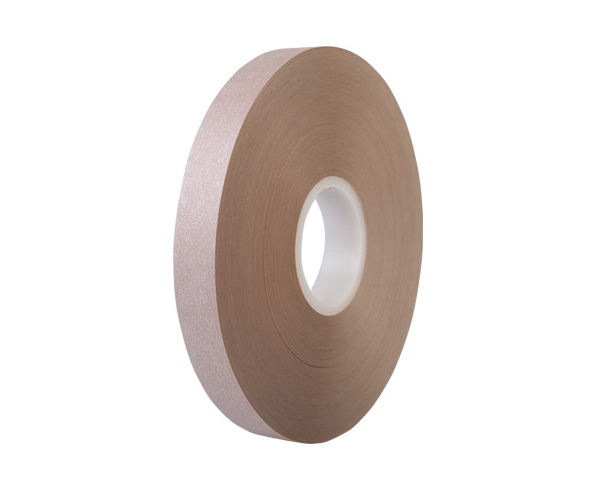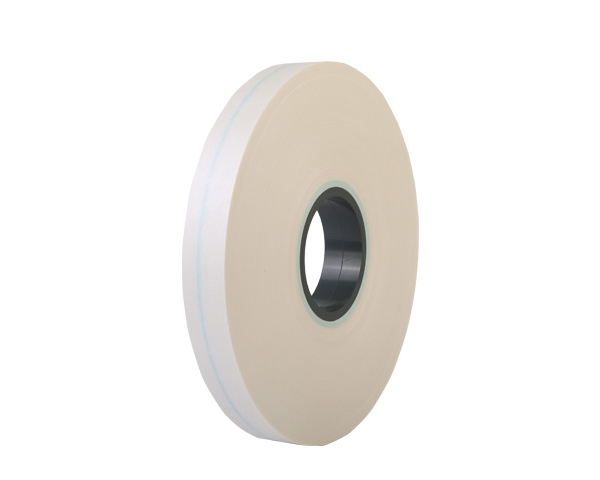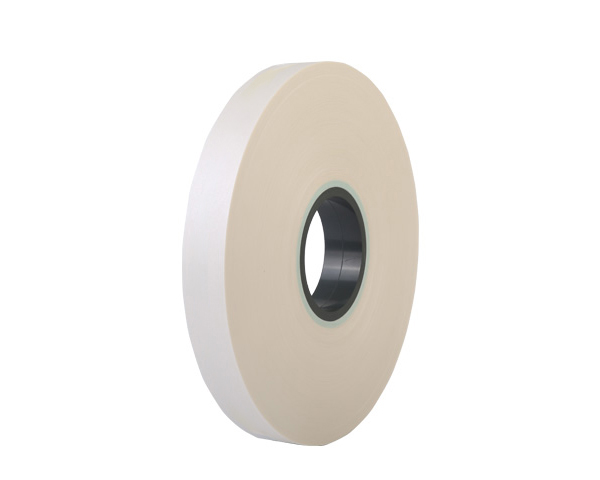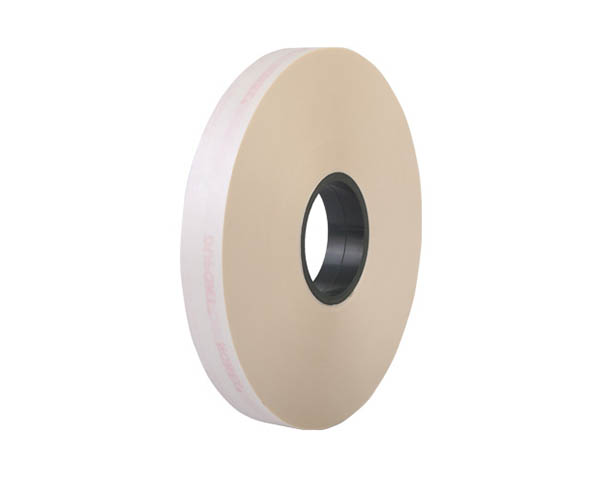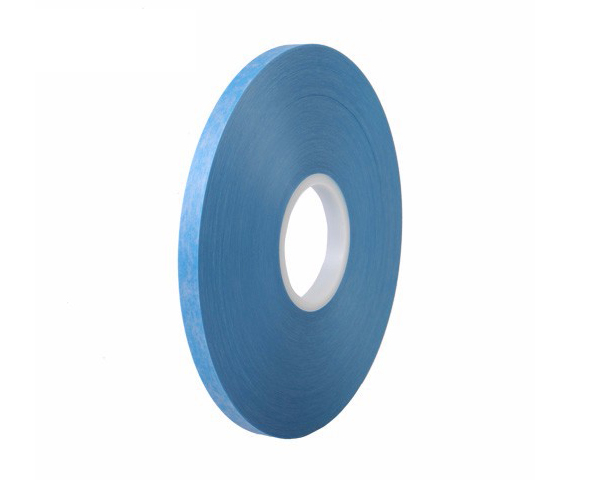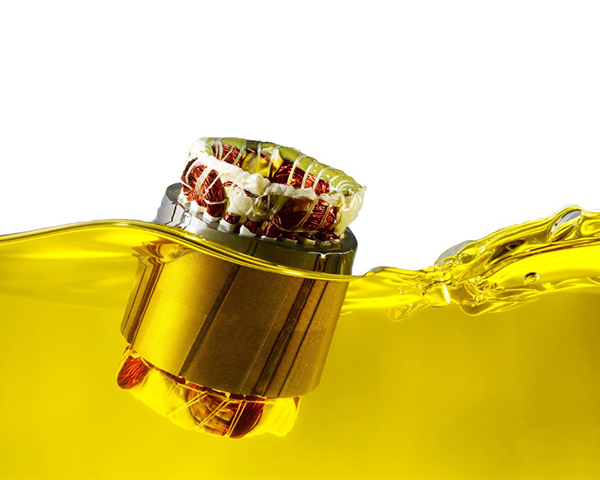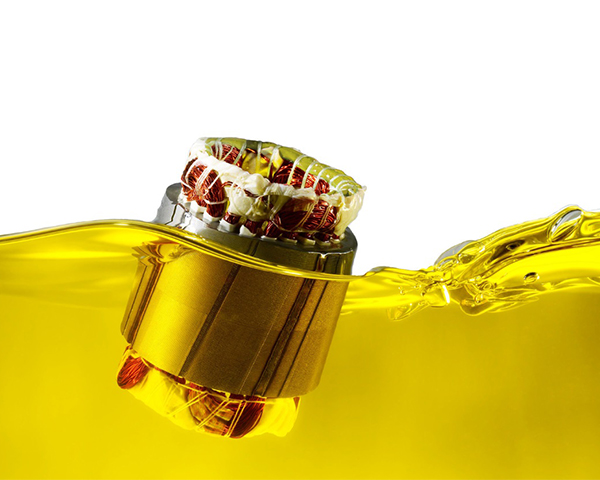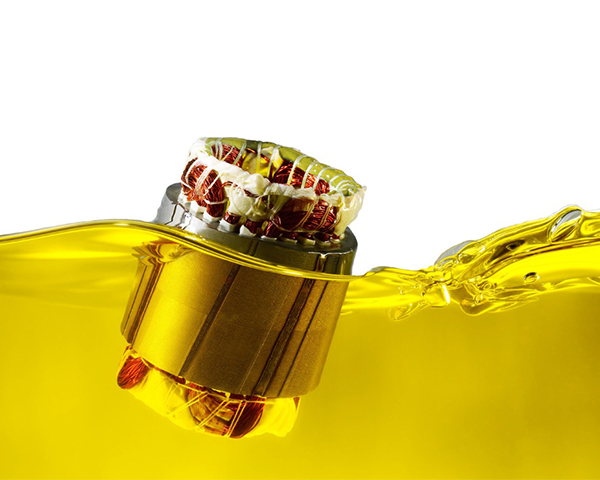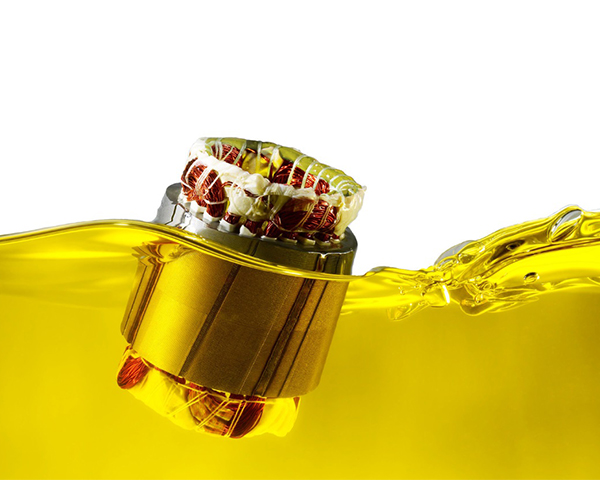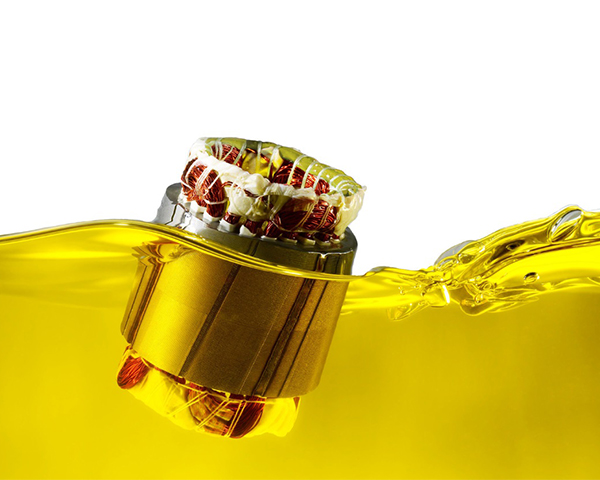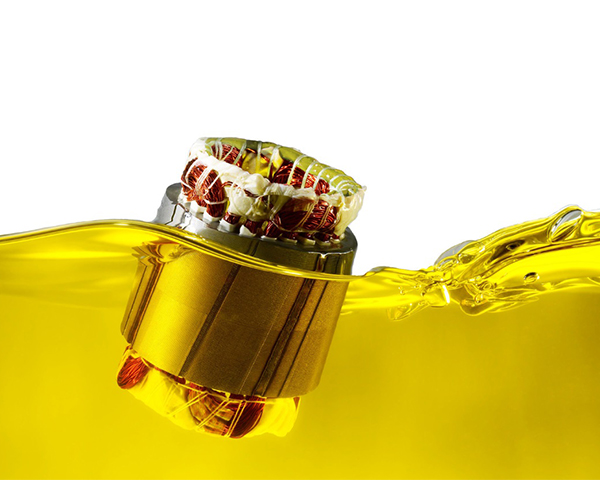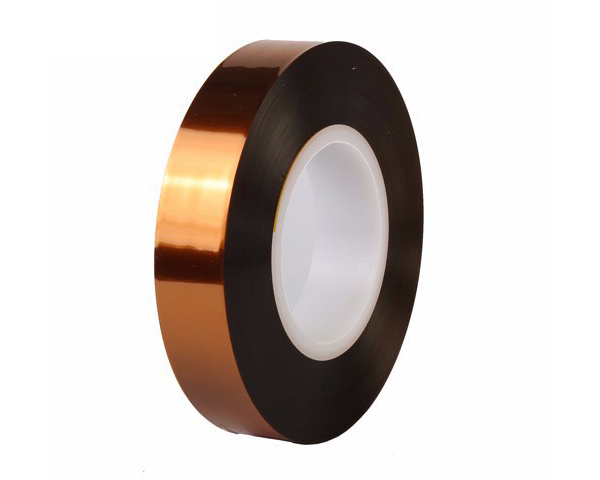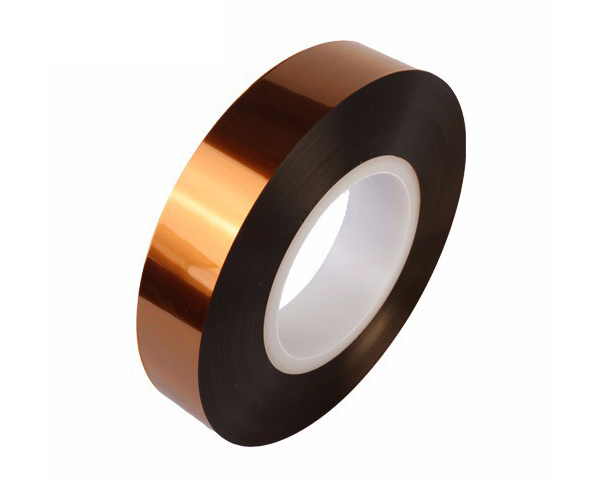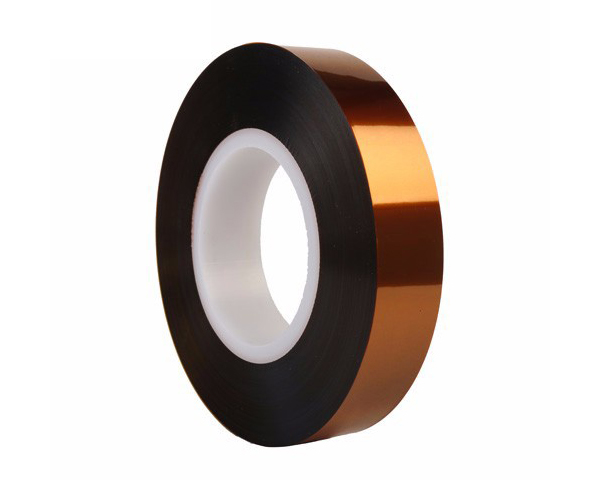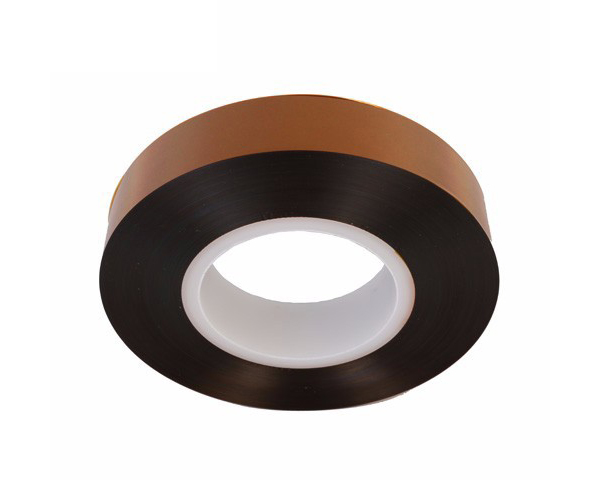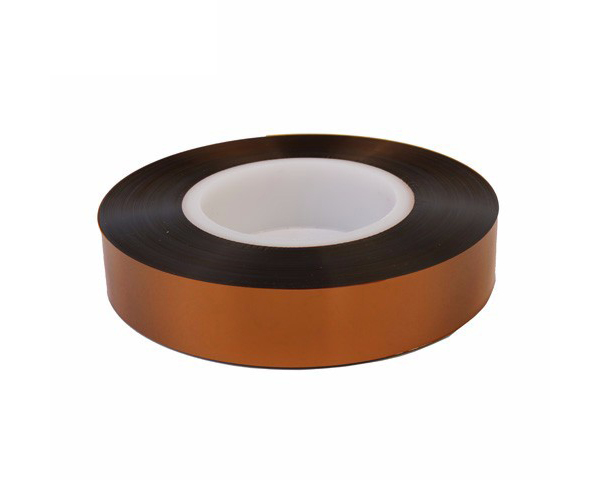DuPont Kapton ® Polyanide Film HN
DuPont's Kapton® polytamide film has been established for more than 40 years of industry standard high performance, high reliability and durability, with electrical, thermal, and mechanical properties of chemistry, heat, and mechanical properties, which can withstand the special combination of extreme temperatures and vibration. The Kapton® polytamide film enables innovative design solutions to industries within a certain range, including consumer electronics, solar photovoltaic power generation and wind power generation, aerospace, automotive and industrial applications.
DuPont's Kapton® polytamide film has a combination of special electrical performance, thermal performance, chemical properties and mechanical performance, and retains its own characteristics of the above performance, so that it is widely used in industrial and other fields. DuPont's Kapton® polytamide film not only played an important role in the traditional industrial industry, but also proposed creative solutions in aerospace and high -speed locomotive industries.
Inquire Now
DuPont Kapton® polyanide film is a high -performance thin film product developed by DuPont. It is also the leader of high -performance thin film products. It has more than 40 years of product supply, technical support and customer service experience. The market positioning of DuPont's Kapton® polytamide film is to require a high -performance requirement for high -performance and stable use in extremely harsh environments.
DuPont Kapton® polytamide film has a combination of combination of electrical performance, thermal performance, chemical properties and mechanical performance, and retains the characteristics of the above performances, so that it is widely used in industrial and other fields.
DuPont's Kapton® polyamide film not only plays an important role in the traditional industrial industry, but also proposes creative solutions in aerospace and high -speed locomotive industries.
Basic performance
DuPont Kapton® polyanide film, as an expert in the film field, has the following excellent characteristics:
Excellent insulation performance
Excellent mechanical performance
Excellent heat resistance and cold resistance
Excellent chemical resistance
Excellent anti -radiation performance
Physical Properties of Kapton® HN at 23°C (73°F)
Property |
Unit | 1 mil 25µm | 2 mil 50µm | 3 mil 75µm | 5 mil 125µm | Test Method |
Ultimate Tensile Strength at 23°C, (73°F) at 200°C (392°F) | psi (MPa) | 33,500(231) 20,000(139) | 33,500(231) 20,000(139) | 33,500(231) 20,000(139) | 33,500(231) 20,000(139) | ASTM D-882-91, Method A* |
Ultimate Elongation at 23°C, (73°F) at 200°C (392°F) | % | 72 83 | 82 83 | 82 83 | 82 83 | ASTM D-882-91, Method A |
Tensile Modulus at 23°C, (73°F) at 200°C (392°F) | psi (GPa) | 370,000 (2.5) 290,000 (2.0) | 370,000 (2.5) 290,000 (2.0) | 370,000 (2.5) 290,000 (2.0) | 370,000 (2.5) 290,000 (2.0) | ASTM D-882-91, Method A |
Density | g/cc | 1.42 | 1.42 | 1.42 | 1.42 | ASTM D- 1505-90 |
MIT Folding Endurance | cycles | 285,000 | 55,000 | 6000 | 5,000 | ASTM D-2176-89 |
Tear Strength-propagating (Elmendorf), N (lbf) | 0.07 (0.02) | 0.21 (0.02) | 0.38 (0.02) | 0.58 (0.02) | ASTM D- 1922-89 | |
Tear Strength, Initial (Graves), N (lbf) | 7.2 (1.6) | 16.3 (1.6) | 26.3 (1.6) | 46.9 (1.6) | ASTM D- 1004-90 | |
Yield Point at 3% at 23°C, (73°F) at 200°C (392°F) | MPa (psi) | 69 (10,000) 41 (6000) | 69 (10,000) 41 (6000) | 69 (10,000) 41 (6000) | 69 (10,000) 41 (6000) | ASTM D-882-91 |
Stress to produce 5% elong . at 23°C, (73°F) at 200°C (392°F) | MPa (psi) | 90 (13,000) 61 (9000) | 90 (13,000) 61 (9000) | 90 (13,000) 61 (9000) | 90 (13,000) 61 (9000) | ASTM D-882-92 |
Impact Strength at 23°C, (73°F) | N •cm•(ft lb) | 78 (0.58) | 78 (0.58) | 78 (0.58) | 78 (0.58) | DuPont Pneumatic Impact Test |
Coefficient of Friction, kinetic (film-to-film) | 0.48 | 0.48 | 0.48 | 0.48 | ASTM D- 1894-90 | |
Coefficient of Friction, static (film-to-film) | 0.63 | 0.63 | 0.63 | 0.63 | ASTM D- 1894-90 | |
Refractive Index (sodium D line) | 1.70 | 1.70 | 1.70 | 1.70 | ASTM D-542-90 | |
Poisson’s Ratio | 0.34 | 0.34 | 0.34 | 0.34 | Avg . three samples, Elon- gated at 5, 7, 10% | |
Low temperature flex life | pass | pass | pass | pass | IPC-TM-650, Method 2.6.18 |
Thermal Properties of Kapton® HN Film
Thermal Property | Typical Value | Test Condition | Test Method |
Melting Point | None | None | ASTM E-794-85 (1989) |
Thermal Coefficient of Linear Expansion | 20 ppm/°C (11 ppm/°F) | - 14 to 38°C (7 to 100°F) | ASTM D-696-91 |
Coefficient of Thermal Conductivity, W/m• K cal cm•sec•°C | 0.12
| 296 K 23°C | ASTM F-433-77 (1987) |
Specific Heat, J/g• K (cal/g•°C) | 1.09 (0.261) | Differential calorimetry | |
Heat Sealability | not heat sealable | ||
Solder Float | pass | IPC-TM-650, method 2.4. 13A | |
Smoke Generation | Dm =<1 | NBS smoke chamber | NFPA-258 |
Shrinkage, % 30 min at 150°C 120 min at 400°C | 0.17 1.25 | IPC-TM-650 Method 2.2.4A; ASTM D-5214-91 | |
Limiting Oxygen Index, % | 37-45 | ASTM D-2863-87 | |
Glass Transition Temperature (Tg) | A second order transition occurs in Kapton® between 360°C(680°F) and 410°C(770°F) and is assumed to be the glass transition temperature. Different measurement tech- niques produce different results within the above temperature range. | ||
Typical Electrical Properties of Kapton® HN Film at 23°C (73°F), 50% RH
Property Film Gage | Typical Value | Test Condition | Test Method | |
Dielectric Strength 25 µm (1 mil) 50 µm (2 mil) 75 µm (3 mil) 125 µm (5 mil) | V/m kV/mm 303 240 205 154 | (V/mil) (7700) (6100) (5200) (3900) | 60 Hz 1/4 in electrodes 500 V/sec rise | ASTM D- 149-91 |
Dielectric Constant 25 µm (1 mil) 50 µm (2 mil) 75 µm (3 mil) 125 µm (5 mil) |
3.4 3.5 3.5 | 1 kHz | ASTM D- 150-92 | |
Dissipation Factor 25 µm (1 mil) 50 µm (2 mil) 75 µm (3 mil) 125 µm (5 mil) | 0.0018 0.0020 0.0020 0.0026 | 1 kHz | ASTM D- 150-92 | |
Volume Resistivity 25 µm (1 mil) 50 µm (2 mil) 75 µm (3 mil) 125 µm (5 mil) | •cm17 1.5 x 1017 1.5 x 1017 1.4 x 1017 1.0 x 10 | ASTM D-257-91 | ||

